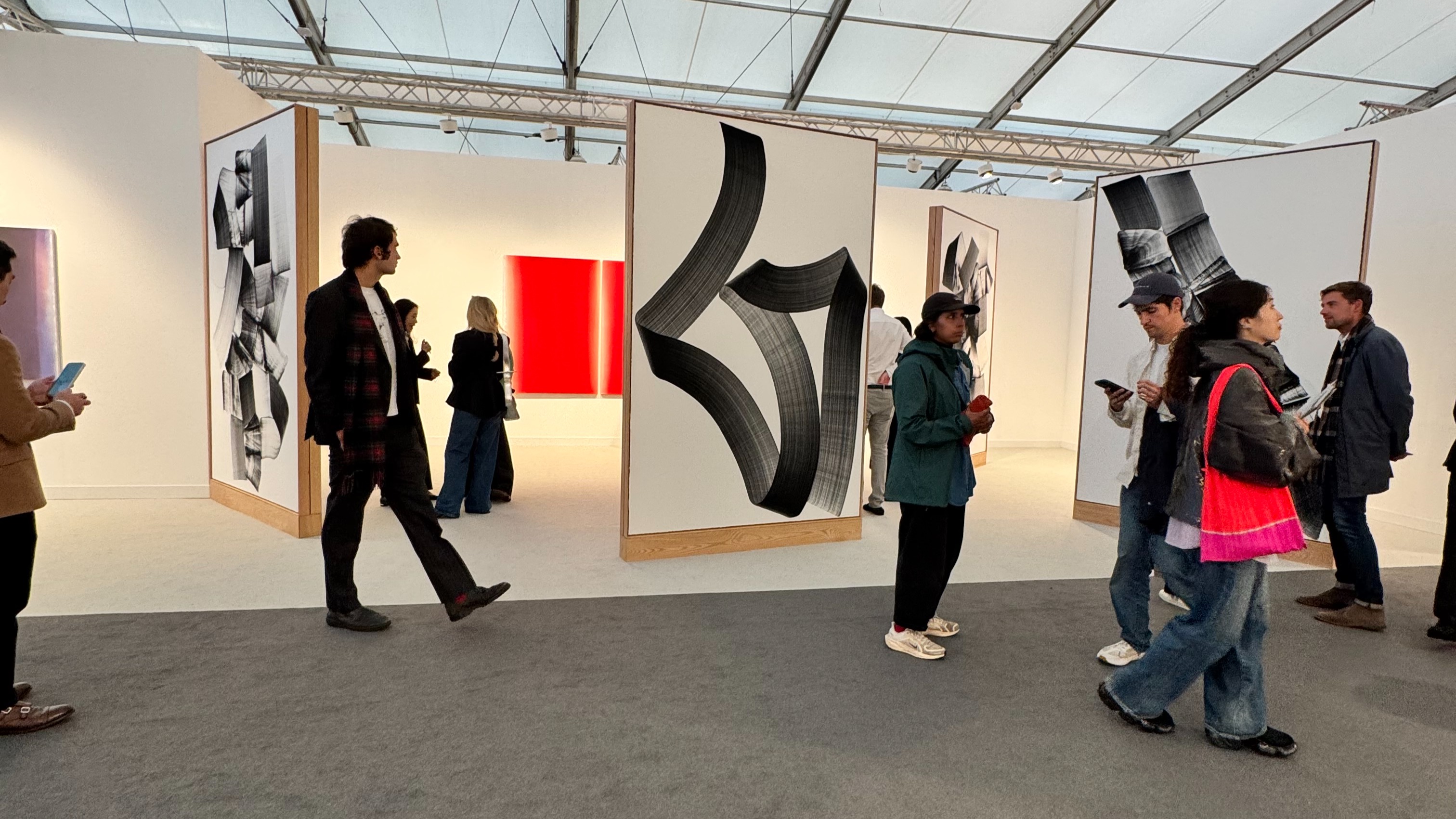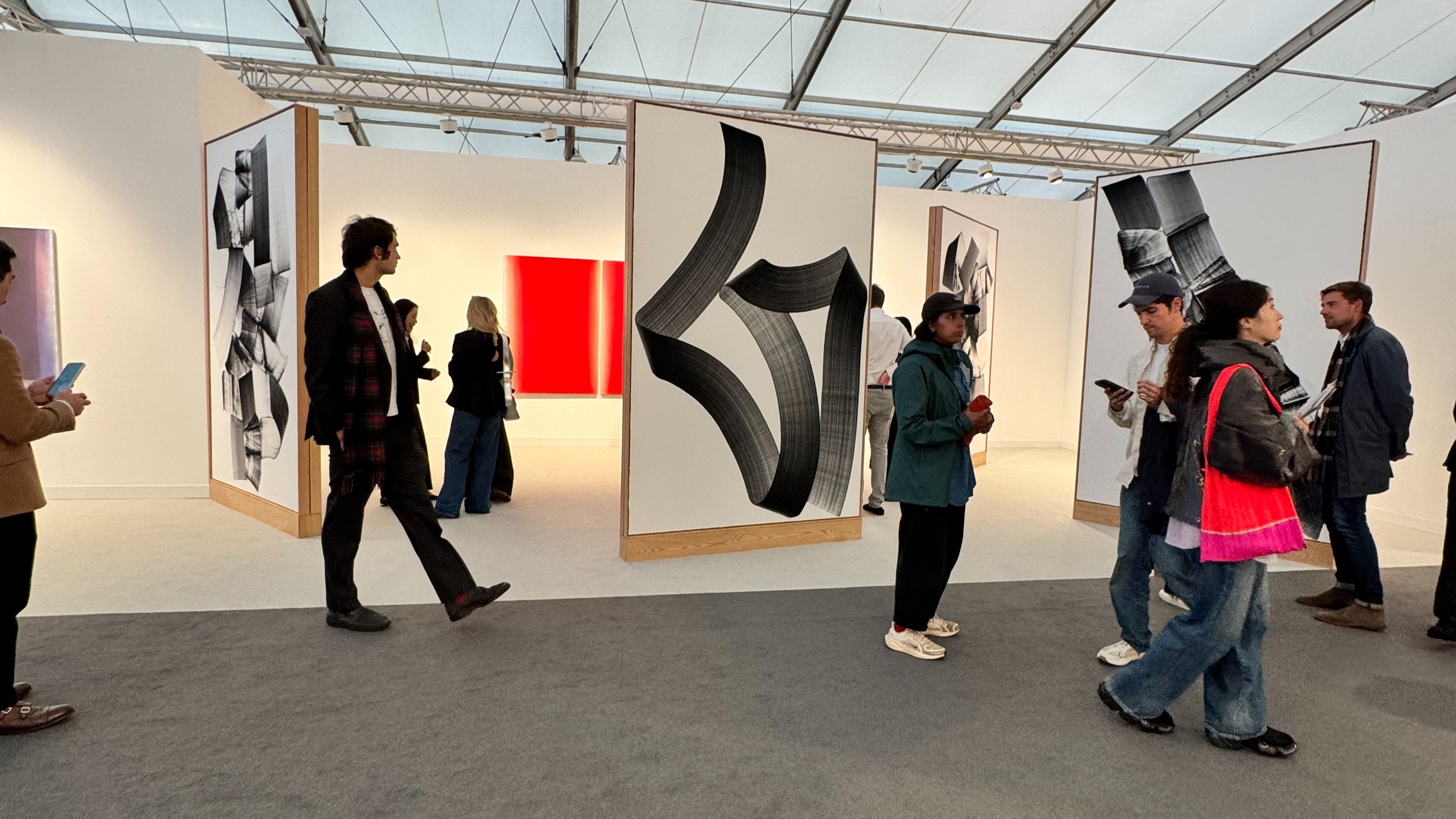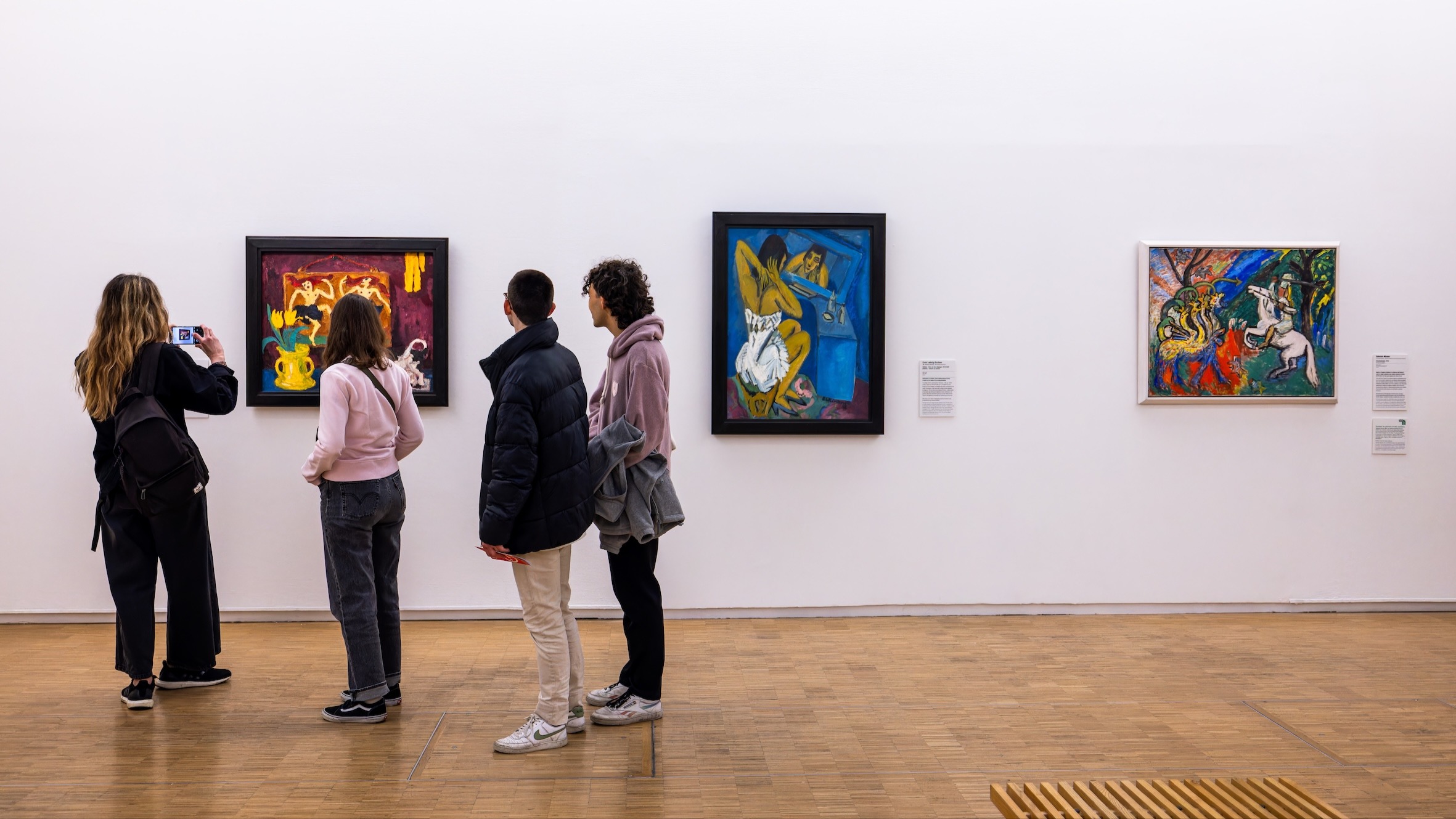
Corporate Art Collections: Art As An Asset Class For Businesses
The phenomenon of corporate art collecting is increasingly widespread. Some of the largest art collections in the world are managed by companies and banks, such as Deutsche Bank, which owns a collection composed of more than 50,000 artworks. This demonstrates how art possesses more than just an aesthetic and decorative value. In today's dynamic business landscape, investing in art and curating corporate collections becomes a strategic tool for businesses seeking to distinguish themselves in a crowded marketplace.
In this article, we will explain the reasons why investing in art and developing a collection is worth it, not only for individuals but also for companies, highlighting some direct benefits that a corporate collection can provide to the business activity.
Notoriety and image enhancement
Art has a strong visual component, which is a highly attractive element for clients. Consumers not only appreciate the aesthetic appeal of art, but also subconsciously associate the symbolism of the art collection with the brand, creating enduring and positive connections with their overall experience. Establishing a robust image and identity becomes a fundamental aspect for companies that want to emerge and find exposure in a competitive landscape. A corporate art collection is not a mere decoration; it becomes a powerful tool for storytelling, allowing companies to transmit their unique narrative and values. By integrating art into their corporate environment, enterprises can develop a sense of authenticity and differentiation, thereby enhancing client engagement and loyalty.
Corporate social responsibility
Managing an art collection involves an active participation in the cultural life of a community. Beyond the confines of the corporate walls, companies can leverage their art collections to enrich society through various cultural initiatives. These may include art programmes, educational workshops, art exhibitions and collaborations with local artists or cultural institutions. A social commitment to such activities demonstrates the company’s dedication to making a meaningful impact beyond financial gains and enhance their corporate social responsibility. This multifaceted approach not only strengthens the bond with existing clients, but also attracts new ones who align with the company's values.
This aspect holds particular significance for companies, such as banks and financial institutions, which are the main investors in corporate art. These institutions work directly with clients, who rely on them to carry out activities that often include a high level of risk, such as investments and managing portfolios. It is, therefore, essential for them to gain their clients’ trust, transmitting an image of transparency, correctness and reliability.
Attracting HNW clients
Previously, we discussed art’s capacity to retain clients and attract new stakeholders who align with the company’s culture and values. It is worth emphasising that High Net Worth Individuals (HNWIs), distinguished for their considerable purchasing power, have a reputation for being highly interested in art and culture. Therefore, for companies looking to attract and retain such high-value clientele, cultivating an art-centric approach can serve as a captivating strategy. By curating exclusive art events, offering personalised art advisory services, or even incorporating art into their corporate branding, companies can create deeper connections with HNWIs, positioning themselves as trusted partners who understand their lifestyle and aesthetic preferences.
Financial returns
In addition to the intrinsic value of art as a cultural asset, there exists a tangible economic dimension to investing in art. While the aesthetic and symbolic aspects of art are undoubtedly significant, it is also essential to recognise the potential financial returns associated with art investments, especially for blue-chip artists whose works often attain exceptionally high values in the art market. By strategically acquiring and managing art assets, companies can not only enhance their corporate image but also diversify their investment portfolio and potentially generate significant revenues in the long term.
The increasing of corporate art underscores the evolving relationship between business and culture. Companies recognise the power of art not only as a form of expression but also as a means of shaping identity and engaging stakeholders. This synergy between art and business will probably expand, solidifying art's position as a cornerstone of contemporary business strategy.




